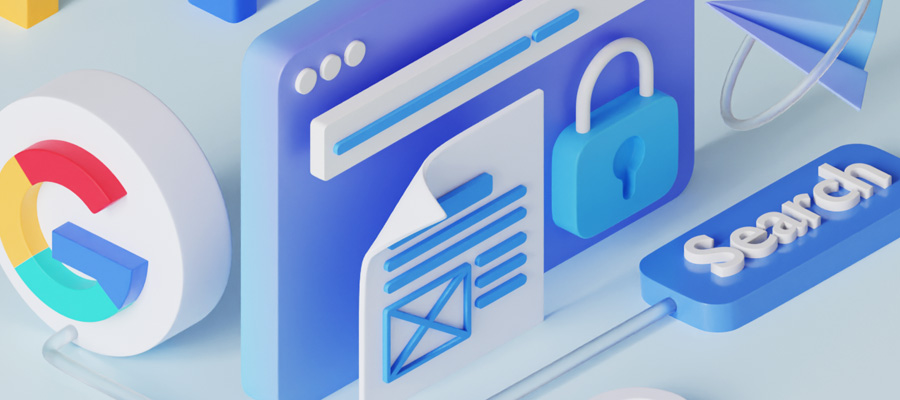Once you have your website set up – that is, thought of your website plan and registered your domain name through a reliable internet service provider – it's important that it can to be found by prospective clients. Whether it's a portfolio, an ecommerce site, or just a website for your brick and mortar business, being able to stand out in the midst of a sea of other websites is imperative if you want to draw people in.

Once people have found your website it's vital that the information they're after is easily accessible, and that navigating from page to page is a breeze. According to Tony Halle, visitors don't stay on a website longer than 15 seconds on average, so that's the amount of time that you have to ensnare their attention. This is called performance optimization, and it's an important facet of a well-functioning website. To check that your website is fully optimized on all counts, you can use a website checker. Before this step, however, this is what you should be aiming to enhance:
SEO
SEO, or search engine optimization, is the process of optimizing your website so that it can be found more easily by search engines such as Google and Yahoo. This ensures that you are put directly in your prospective customer's line of sight when they're trawling through search engines looking for information. How do you start the process of optimizing? The number one step to being found on Google and other search engines is to have good, reliable and fresh content. This means updating your website often and staying current.
Having a blog that publishes regular posts and updates is a great way of doing this, and also gives you a body of information that other sites may link to. On top of that, researching and understanding keywords that you can add to your content and website in general is good practice. Keywords refer to popular words that can help identify your site; if you're not sure which keywords those might be, you can check using a number of keyword research programs.
Performance Optimization
Web performance refers to the speed at which web pages are displayed in the web browser. This is crucial as the faster the website downloads, the longer the visitor will remain on the page. If a website is slow, the visitors may not even stick around to see if it loads or not. A number of factors can affect the loading time of a website. The size of the images and graphics used are a major aspect, as the site downloads them every time the page is loaded. They should therefore be optimized and compressed to be as small as possible without affecting the quality, whilst simultaneously scaling to fit different sized devices. Leveraging your browser cache is also important to ensure that you haven't stored too many unnecessary temporary files.

Another problem that may slow down a site is the performance of fonts that draw on excessive resources. Try to prioritize your fonts and choose only the styles you need, while keeping everything else pared down to a minimum. This will ensure that your customer's user experience is as streamlined as possible.




















